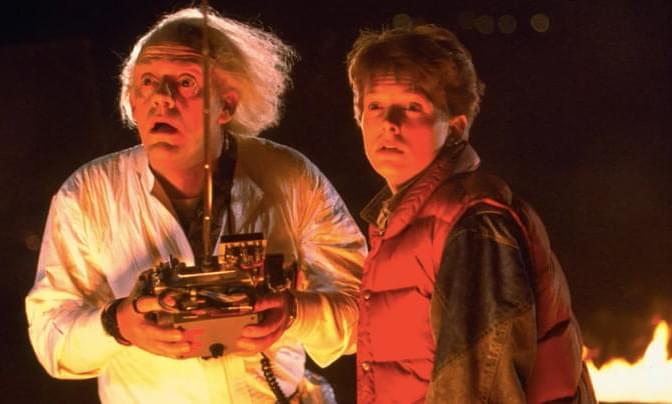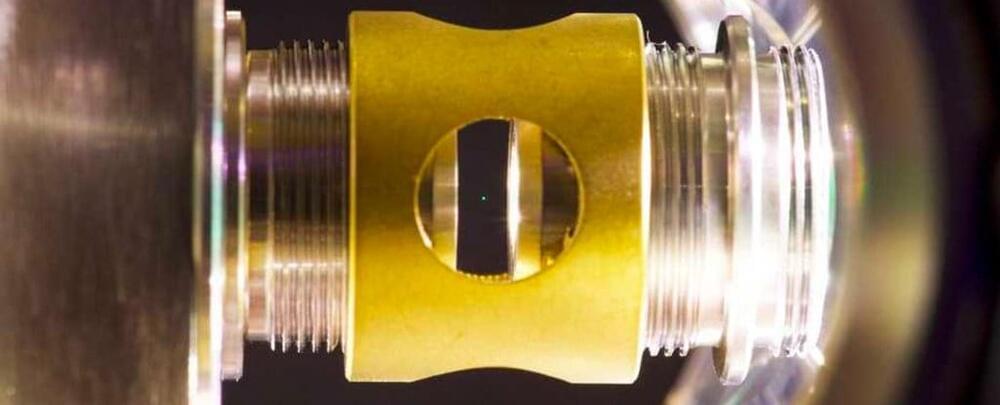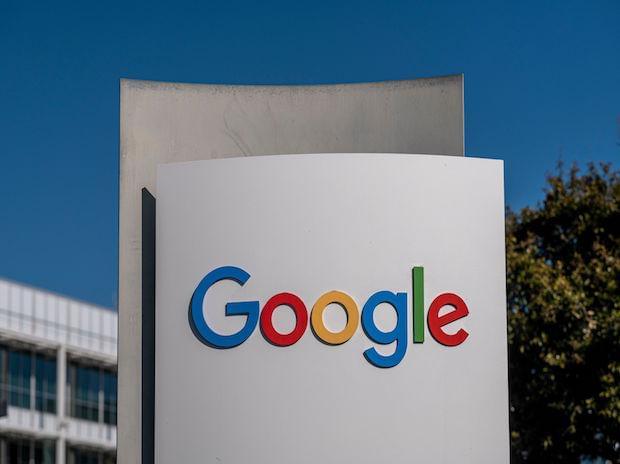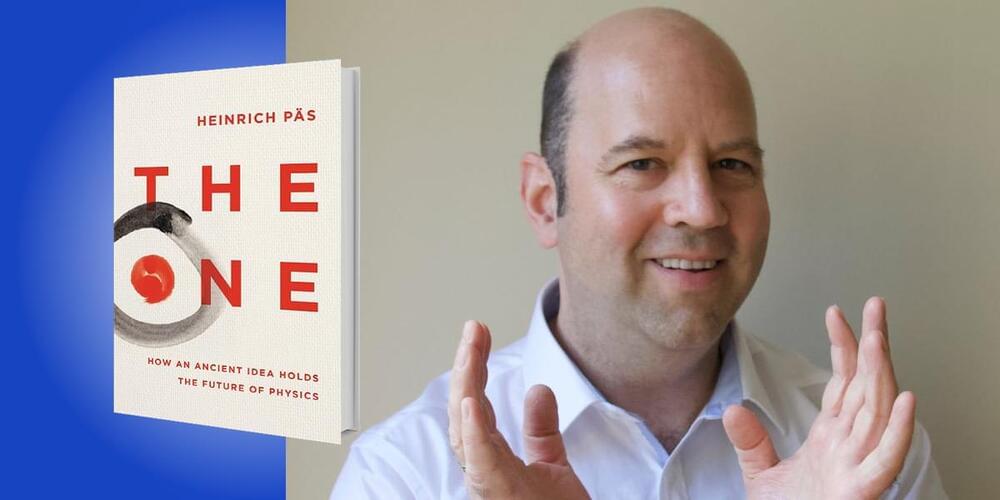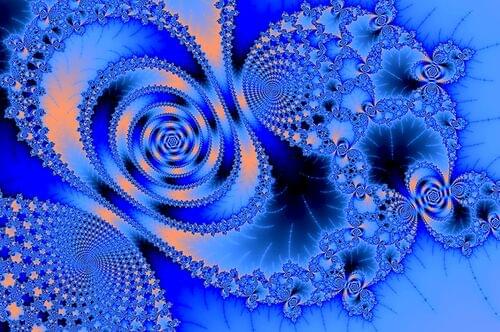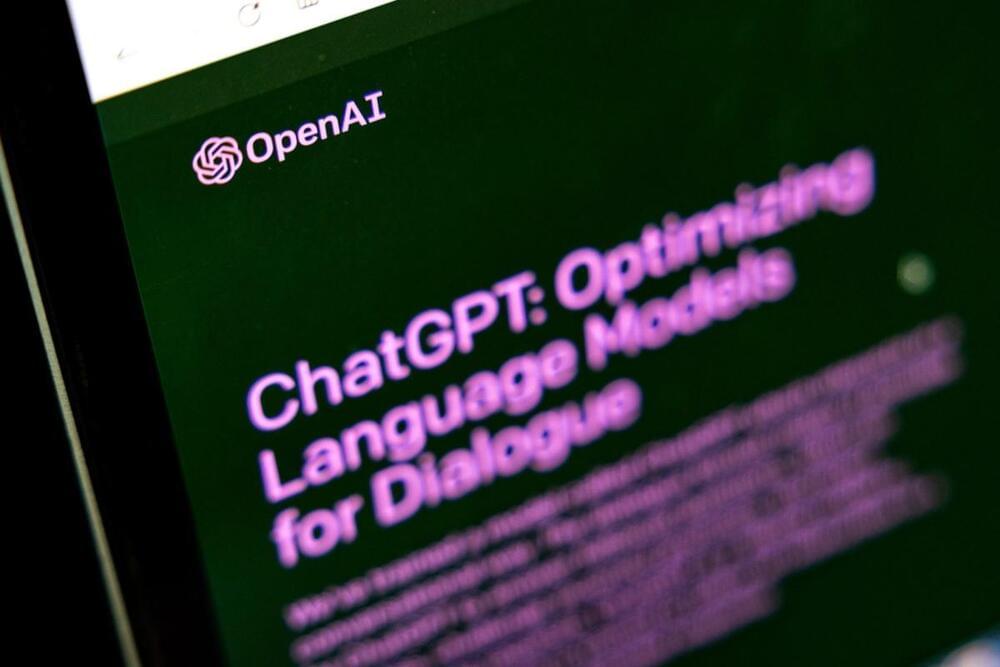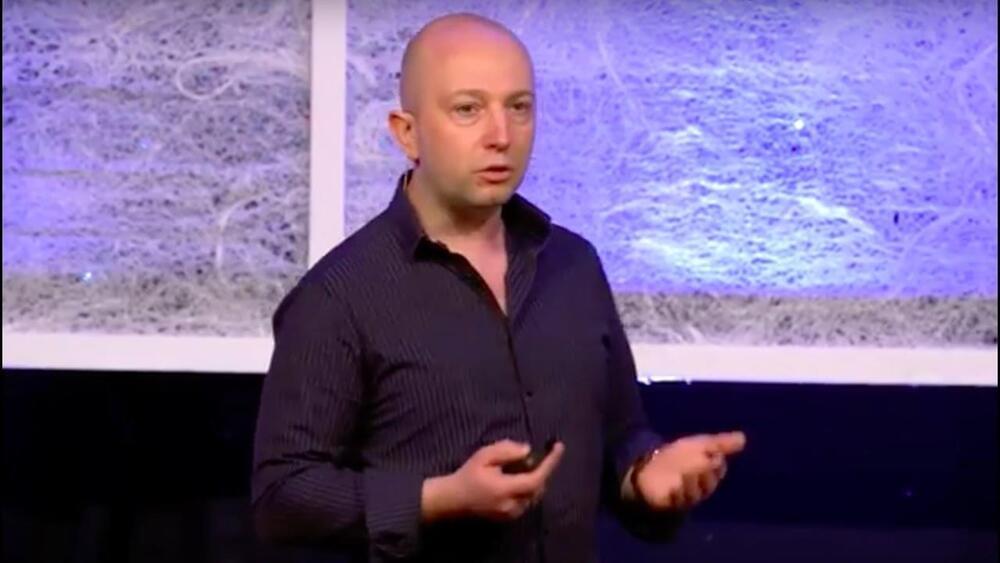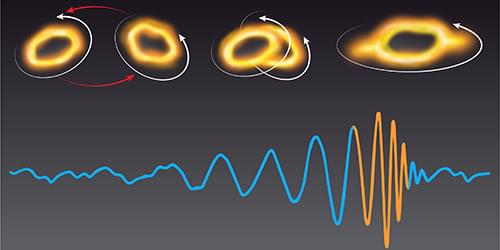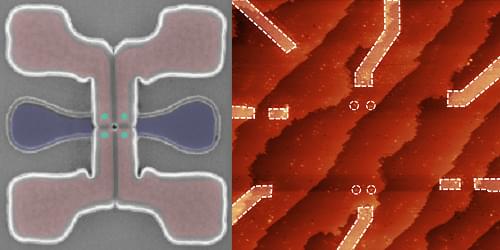Scientists Think They’ve Identified the Origin of a Mysterious Radio Signal from … Ready to be a little bit confused by complex science? Ok, here we go… Until now, time travel has only been possible in fiction (and on TikTok, according to some), but it might not be as far away as previously thought.
Quantum mechanics deals with the behavior of the Universe at the super-small scale: atoms and subatomic particles that operate in ways that classical physics can’t explain.
In order to explore this tension between the quantum and the classical, scientists are constantly attempting to get larger and larger objects to behave in a quantum-like way.
Back in 2021, a team succeeded with a tiny glass nanosphere that was 100 nanometers in diameter – about a thousand times smaller than the thickness of a human hair.
I guess humans aren’t the only ones getting the boot.🤣
Topics Google | Sundar Pichai.
According to a Wired report, Alphabet’s ‘Everyday Robots’ project — an unit under Google’s experimental X laboratories — has been shut down by Google CEO Sundar Pichai. It had trained 100 one-armed, wheeled robots to help clean the company’s cafeterias. Several of these robot prototypes were transported out of the lab and were doing useful duties throughout Google’s Bay Area facilities.
Author Heinrich Päs shares 5 key insights from his new book, The One: How an Ancient Idea Holds the Future of Physics.
Classical chaos – or the butterfly effect – produces fractal patterns like the one shown. Classical chaos’s cousin – quantum information scrambling – encompasses even more exotic mechanisms such as quasiparticles hopping between molecules, which can dissipate energy.
Nearly half of the U.S. companies currently using OpenAI’s ChatGPT say the chatbot has already replaced workers.
How Similar Are Humans and Monkeys?
Posted in futurism
Social structure and tool use are just a few things humans and monkeys have in common. Explore how our behaviors are more alike than you may think!
At present, scientists study gravitational fields passively. They observe and try to understand existing gravitational fields produced by large inertial masses such as stars or planets, without being able to change them, as with magnetic fields. It was this frustration that led Füzfa to attempt a revolutionary approach: creating gravitational fields at will from well-controlled magnetic fields and observing how these magnetic fields could bend space-time.
In his article, Füzfa has proposed, with supporting mathematical proof, a device with which to create detectable gravitational fields. This theoretical device is based on superconducting electromagnets and therefore relies on technologies routinely used, for example, at CERN or the ITER reactor.
https://phys.org/news/2016-01-paper-method-gravitational-fields.amp.
Ted Talk YouTube
Simulations show that nonlinear spacetime dynamics manifest in the postmerger gravitational-wave signal of binary black hole coalescence.
“Spacetime tells matter how to move; matter tells spacetime how to curve.” This statement by physicist John Wheeler captures a defining feature of general relativity: its prediction of nonlinear spacetime dynamics. Such nonlinear evolution should be most evident in energetic spacetime events such as merging black holes, prompting the question of whether we can test for it using observations of gravitational waves emitted during such mergers. Two independent teams, led by Keefe Mitman at the California Institute of Technology [1] and Mark Ho-Yeuk Cheung at Johns Hopkins University in Maryland [2], show that this is the case. Using numerical simulations, they show the presence of nonlinearity in postmerger gravitational-wave signals.
Two teams demonstrate an innovative way to measure the states of spin-based qubits—a key task in quantum computing.
